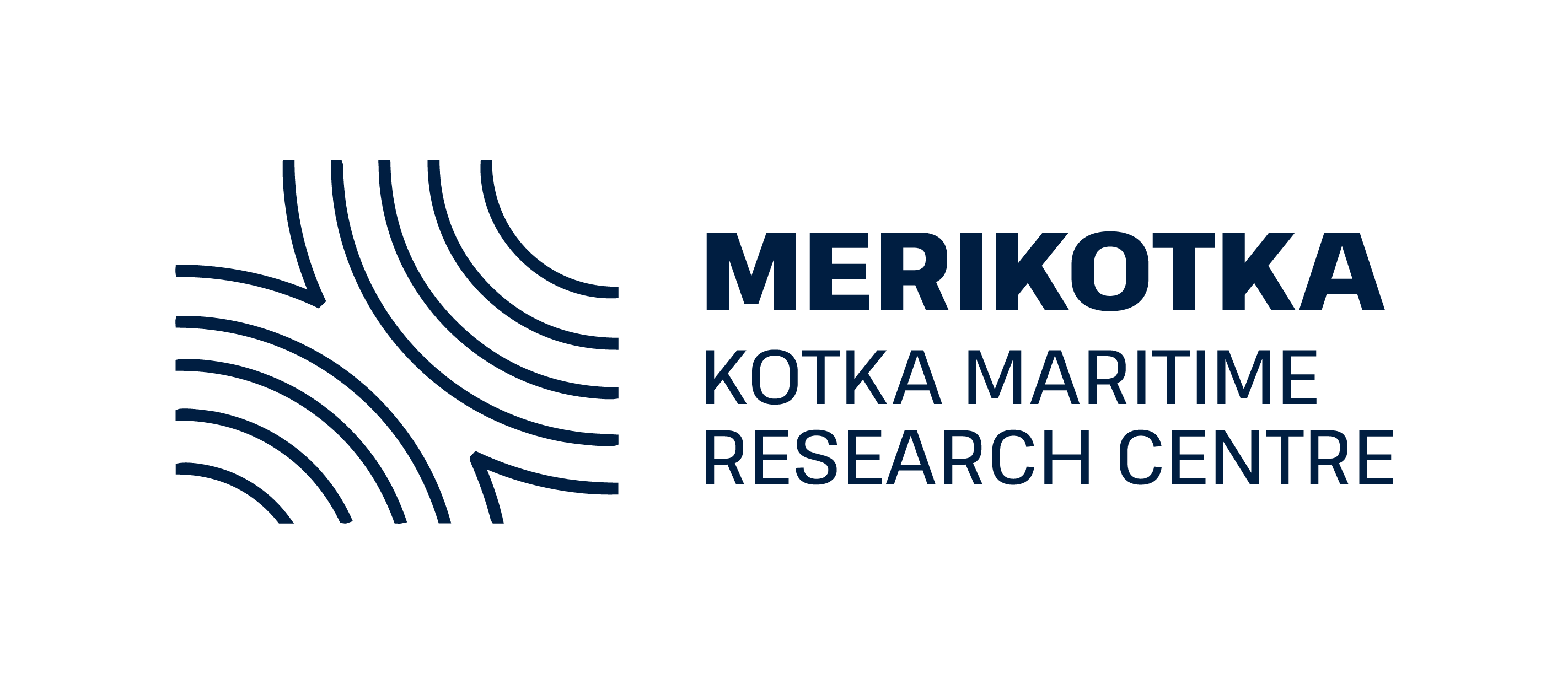Operational and Safe Inland Navigation Between Finland and Russia
Most international cargo traffic between Finland and Russia goes on land, via roads and railways. Inland waterway connection from Saimaa to Russian inland waterways could constitute a potential environmentally friendly option for transportation between the countries.
Each Round Table includes short introduction to the theme, presentations on findings and time for comments and also for Q & A.
Please note, registration is necessary
Registration here
============
Round Table 1:
POTENTIAL CARGO FLOWS AND ROUTING
Monday 26.10.2020 at 14.00-15.30
Teams- on line meeting
Discussion mainly in Finnish
Speakers
Pekka Koskinen, Partner, Brave Logistics Oy, chairman of the INFUTURE steering group
Anatoly Burkov, Associated Professor, Admiral Makarov State University for Maritime and Inland Shipping
Esa Korhonen, UPM Metsä
Toomas Lybeck, Project Manager, South-Eastern Finland University of Applied Science
Hannu Lappalainen, Port of Lappeenranta
============
Round Table 2:
SMOOTH INLAND NAVIGATION WIHT ADVANCED FAIRWAY TECHNOLOGY
Tuestday 3.11.2020 at 14.00-15.30
Teams- on line meeting
Discussion mainly in Finnish
Speakers
Seppo Virtanen, SeaHow By Arctia (Meritaito) Ltd
Kari Pohjola, SeaHow By Arctia (Meritaito) Ltd
Vladimir Karetnikov, Admiral Makarov State University for Maritime and Inland Shipping
commentary speakers from Russia and from Finland
============
Round Table 3:
FUTURE INLAND WATERWAY VESSELS
Thursday 26.11.2020 at 14.00-15.30
Teams- on line meeting
Discussion in English
Speakers
Pentti Kujala, Aalto University
Fang Li, Aalto University
Jukka Salminen, Aker Arctic Ltd
Marina Lebedeva, Admiral Makarov State University for Maritime and Inland Shipping
Leonid Vishnevskii, Krylov State Research Centre
Jarkko Toivola, Director/Vice President, Alfons Håkans
Please note, registration is necessary
Registration here











